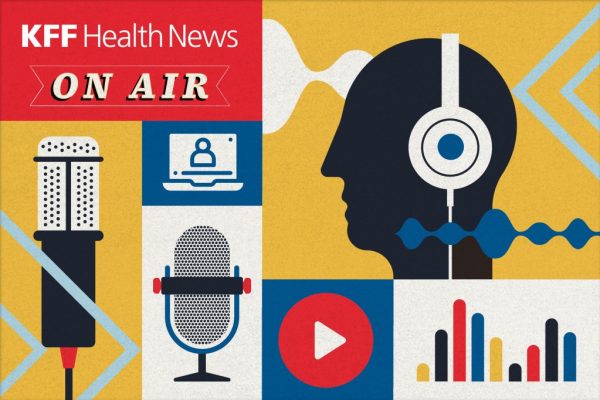
Anthropic Follows OpenAI Into Healthcare: How Do Their Platforms Compare?
AI rivals Anthropic and OpenAI are both expanding their large language models into healthcare. Anthropic…

AI rivals Anthropic and OpenAI are both expanding their large language models into healthcare. Anthropic is blending its enterprise and consumer tools in a single platform, while OpenAI is separating its consumer-facing ChatGPT Health from its industry-focused OpenAI for Healthcare. They are both targeting patients, providers and researchers with AI tools for tasks ranging from…

Dr. Jackie Gerhart explained that Epic is building a digital concierge, which will be able to do much more than just answer a person’s health and medical questions. But many features are still in development and the average user can only access it if their provider decides to pay for it. The post What does…

Oasys Health’s $4.6 million in funding included a $4 million seed round led by Pathlight Ventures, with participation from Twine Ventures and Better Ventures, as well as $600K pre-seed funding from 1984 Ventures. The post Oasys Raises $4.6M to Expand AI-Powered Platform for Behavioral Health appeared first on MedCity News.

Anyone working in health IT knows that exchanging data isn’t the same as understanding it. The next evolution in interoperability is ensuring that data carries meaning as it traverses the ecosystem. The post Why Semantic Interoperability is the Key to Meaningful Data Sharing in Healthcare appeared first on MedCity News.

Every year shaved off the diagnostic odyssey means fewer irreversible complications, fewer misdiagnoses, and fewer clinicians and families left wondering what they missed. A unified, longitudinal approach doesn’t just speed up diagnosis — it changes, and in some cases saves, lives. The post How AI Enables Unified Patient Journeys for Faster, More Accurate Rare Disease…

KFF Health News senior correspondent Julie Appleby discussed changes to the Affordable Care Act in 2026 and how enrollees may be affected on WUNC’s Due South on Jan. 7. Click here to hear Appleby on Due South (begins 33:00). Read Appleby’s “Sticker Shock: Obamacare Customers Confront Premium Spikes as Congress Dithers.” KFF Health News South…
ChatGPT introduces OpenAI for Healthcare.AI can make prescription renewals in Utah.AMA’s perspective of physicians role with AI.US Army’s use of AI to improve soldiers’ mental health.Claim the AI skill boost.

In the fall of 2023, Microsoft demoed an AI tool at an industry conference designed to provide insights into a person’s medical record integrated within the EHR. But that’s the last I heard of it. Now OpenAI is seeking to fulfill the demand for personalized health information with ChatGPT Health. The post ChatGPT Health: Is…

Pomelo’s Series C round was led by Stripes and included participation from Andreessen Horowitz, PLUS Capital, Atomico, BoxGroup and SV Angel. The post Pomelo Care Secures $92M to Grow Beyond Maternity Care appeared first on MedCity News.

Healthcare organizations face challenges with siloed data, causing repeated paperwork